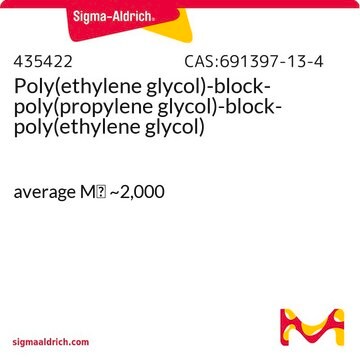There are several representative publications that report the use of Pluronic F-127 to lower cell adhesion on microfluidic PDMS-based devices. These publications may be of interest as a reference:
Curr Protoc Cell Biol. 2017 Jun 19;75:10.21.1-10.21.8. Microcontact Peeling: A Cell Micropatterning Technique for Circumventing Direct Adsorption of Proteins to Hydrophobic PDMS. PMID: 28627756
Sci Rep. 2019 May 14;9(1):7377. Simple Surface Modification of Poly(dimethylsiloxane) via Surface Segregating Smart Polymers for Biomicrofluidics. PMID: 31089162
Lab Chip. 2009 Jun 7;9(11):1500-3. Surface modification of PDMS by gradient-induced migration of embedded Pluronic. PMID: 19458853
These publications provide information on using Pluronic F-127 to lower cell adhesion on PDMS-based devices. As for its solubility in cell culture media within a PDMS-based device and the recommended modifications to maintain its ability to prevent cell adhesion, it is advised to refer to these publications for detailed insights.






